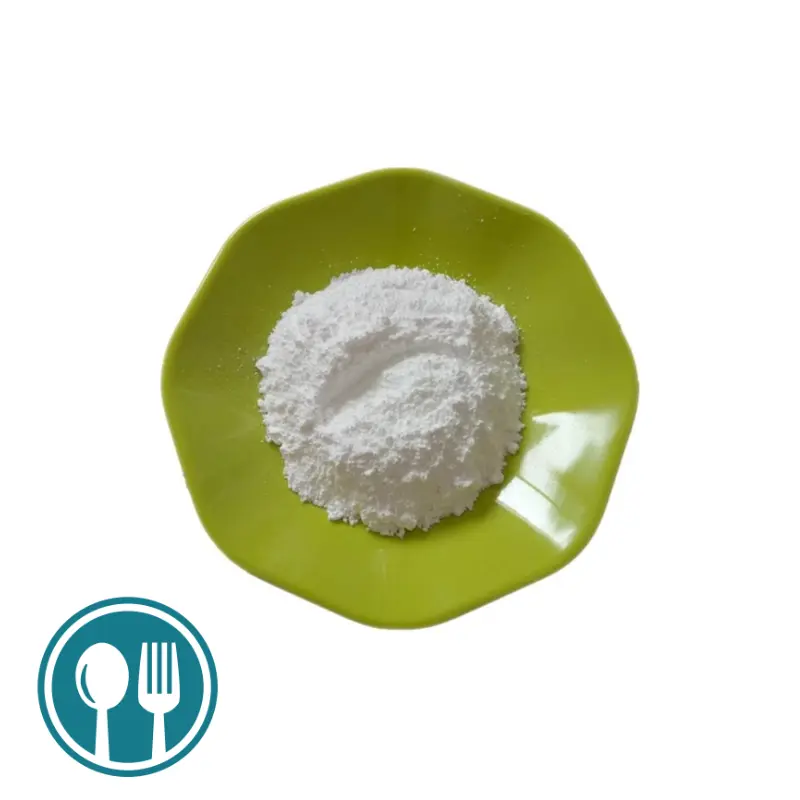Brown granulated sugar is the end product of sugar production. It has many impurities and high color value. The cleaning and purification treatment of sugar juice with a sugar content of about 90% is an important process for manufacturing high-quality sugar. It has become a classic method to use activated carbon and macroporous resin as adsorbents to decolorize and remove impurities from sugar juice, and it has been widely used in cane sugar factories and starch sugar factories at home and abroad. Due to its special morphology and surface properties, hierarchical porous magnesium oxide has broad application prospects in the fields of catalysis, adsorption separation, medicine, and functional additives, especially in the field of adsorption. In particular, the porous magnesium oxide has a high specific surface area, active reactive sites, many transport and diffusion channels, and controllable stability. These characteristics make the porous magnesium oxide perform better than ordinary oxides in terms of adsorption performance. Good advantage.
Magnesium oxide is an important inorganic chemical raw material, which occupies an important position in the national economy and is widely used in the fields of chemical industry, light industry, food, medicine, catalysis, ceramics, refractory materials, coatings and superconducting materials. Graded Porous Magnesium Oxide as an Alkaline Metal Oxide. Its surface has a strong alkalinity, and the defects on the crystal surface of magnesium oxide make it have a strong chemical adsorption capacity.

Magnesium oxide was used in refined sugar in Japan in the early days, and achieved a good decolorization effect. However, the magnesia adsorbent is not easy to filter, so it is difficult to separate it in industry; secondly, compared with salt lime, etc., the magnesia sorbent has a higher price and must be recycled; moreover, the magnesia filter cake greater sugar loss. Later, a Japanese patent reported that after mixing magnesium oxide with perlite or diatomaceous earth, the colored matter contained in the sugar solution can be removed, and the decolorization rate can reach 40% to 90%. And the calcined mixture can be recycled to refine the sugar solution, and it is also found that the loss of sugar is also significantly reduced. In view of the fact that magnesium oxide has a good effect on the decolorization of sugar juice.
In this study, the prepared porous magnesia can achieve a good decolorization effect with a small amount, and compare it with the commercially available magnesia in the decolorization test of sugar juice to optimize the decolorization process of porous magnesia for sugar juice.
